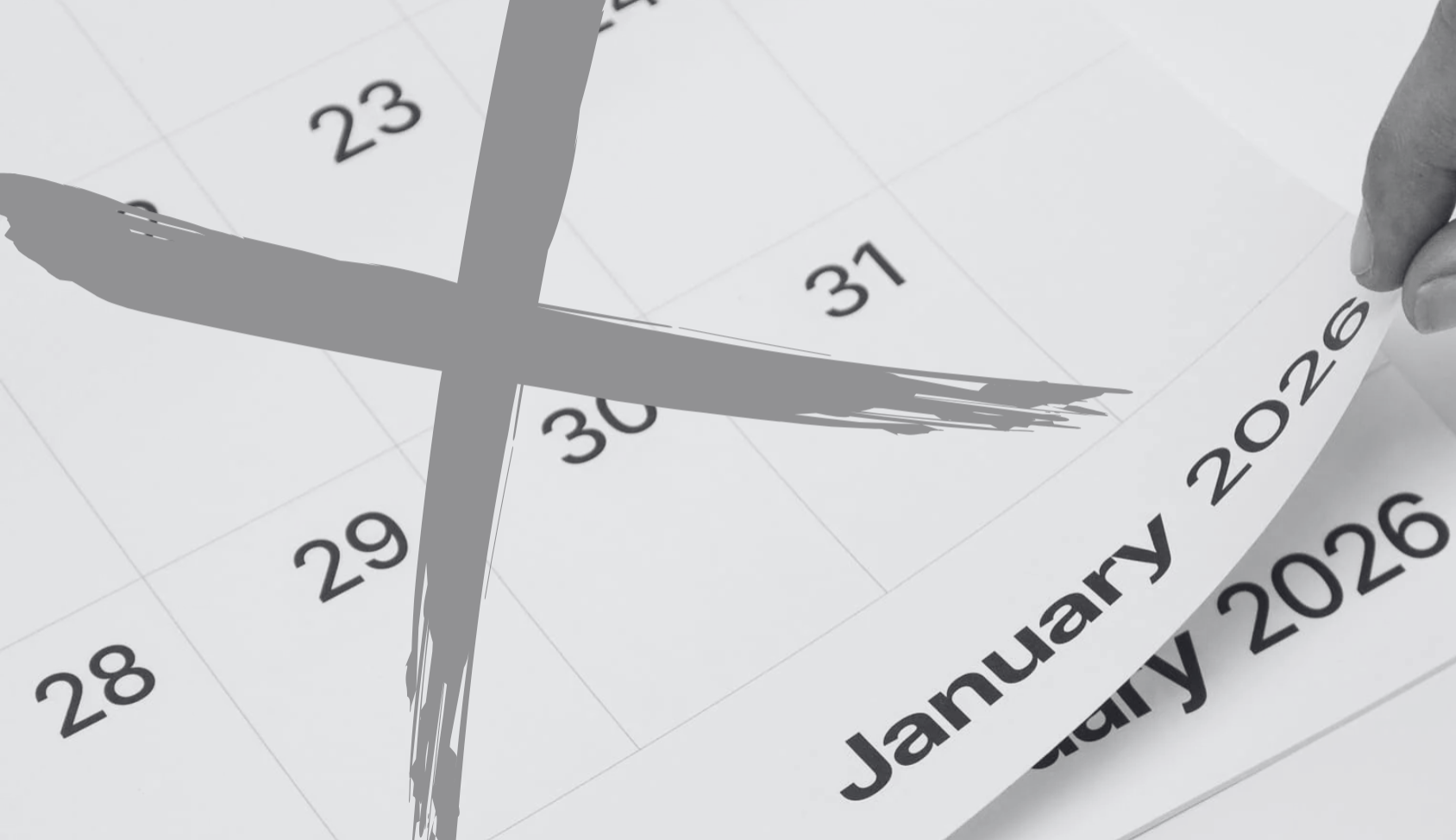blog
AI as Your New Career Coach
Constructive • June 2, 2025

part 2: using AI to create a cover letter
Welcome to Part 2 of our series AI as Your New Career Coach. In Part 1, we explored how to use AI to build a strong, professional resume. If you haven’t read it yet, we recommend checking it out!
Now, let’s move on to the next step: crafting a cover letter.
Anyone who’s written a cover letter from scratch knows the struggle - rewriting the same sentence five times before it finally sounds right. It’s time-consuming, frustrating, and often one of the most dreaded parts of the job application process.
That’s where AI becomes a game changer. With the right prompts, AI tools can take the pressure off by helping you structure, draft, and polish a tailored cover letter- without losing your unique voice.
1. Start with a strong foundation
Instead of starting from scratch, get AI to build a first draft that’s tailored to your industry and experience level. This base letter can serve as your go-to template.
Prompt to try:
“Write a professional cover letter for a [job title] role in the [industry] industry. I have [X years] of experience in [mention skills or areas of expertise]. Keep the tone confident and concise.”
Tip:
Save this version to reuse and adapt for multiple roles.
If you are applying for a specific role, you should include the employer name, job description, and key requirements.
This allows the AI to customise your cover letter so it aligns with what the employer is actually looking for.
Prompt to try:
“Here is a job ad for a Senior Civil Estimator at XYZ Company: [paste job ad]. Based on this, write a tailored cover letter using my background: 4 years of experience in civil estimating…”
Tip:
A generic cover letter won’t get you noticed. So make sure you look for ways to echo the company’s language while still sounding like yourself.
2. Perfect the tone
AI can be a great tool to help you start, but make sure you perfect the tone. You want to come across as professional, but still like you. The goal is to strike a balance between polished and personal, using language you’d naturally use while still meeting the expectations of the industry or employer.
Prompt to try:
“Rewrite this cover letter to sound more [enthusiastic/professional/approachable/confident], while keeping the content the same: [paste your draft].”
Tip:
Consider the nature of the company and the role. For example, a civil construction firm where project managers and estimators are often on-site may value a clear, confident, and practical tone that reflects strong leadership and decision-making. In contrast, a consulting engineering firm, typically office-based, might expect a more formal, detail-oriented tone that highlights your technical expertise, communication skills, and ability to collaborate across teams.
3. Add a personal touch
Beyond addressing key points in the job ad, it is important to showcase your personality and motivation. This will make the letter memorable. AI will not be able to answer this for you, however, it can assist in expressing your main ideas.
Prompt to try:
“Add a short, personalised closing paragraph to this cover letter that explains why I’m excited to work at [Company Name] and how my values align with their mission. Here are some points to include: I am excited because…”
Tip:
Think about what genuinely draws you to the company, i.e., is it their projects, culture, reputation, leadership, or values? Jot down a few reasons, then let AI help you shape them into a concise, engaging paragraph.
AI can help you beat writer’s block, improve your phrasing, and save hours of effort-but your voice still matters most. Use these tools to fast-track the writing process, then take the time to ensure the final version reflects your passion, professionalism, and personality.
The Human Touch Remains Essential!
Even with sophisticated AI tools, the human element remains irreplaceable. You need to verify accuracy, add personal context, and ensure the final document genuinely represents your professional journey.
Remember that hiring managers value authenticity. Use AI to help you present your best professional self, not to create a synthetic version that doesn't align with who you truly are.
Coming up in Part 3, we’ll show you how to use AI to prepare for job interviews. Think tailored practice questions, real-time feedback, and confidence-boosting tips. Stay tuned!





